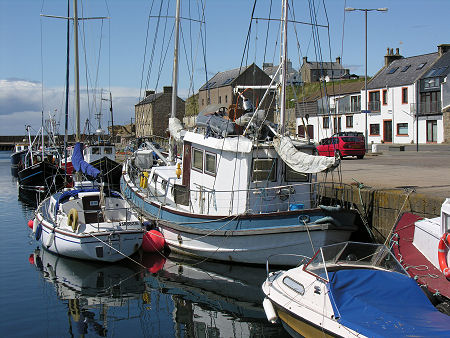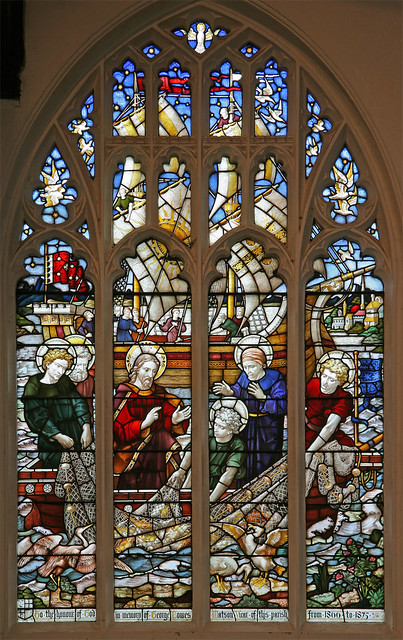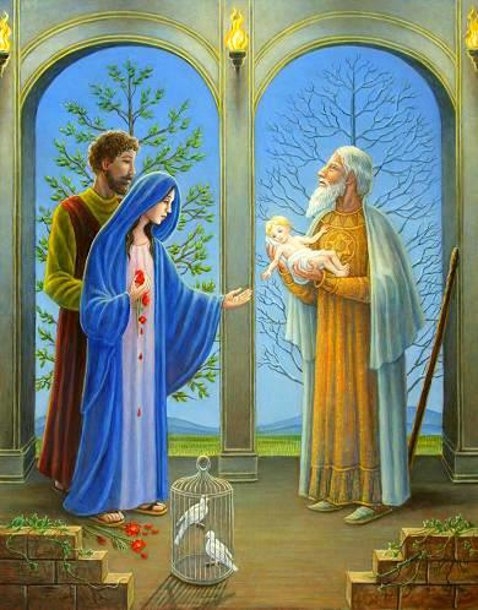
The congregation of Holy Trinity can trace its continuous history from the time of the Revolution.
In 1621 history records that the Reverend John Gordon was deposed from his living for refusing to sign the Covenant. Later, the Reverend Alexander Todd, though legally deprived, continued to officiate. The Episcopalian congregation worshipped in the walled off chancel of the Church of St Giles until after “the 15”, when it gathered in the ancient Greyfriars Church.
It is on record that in 1721 the congregation numbered 800. After ‘‘the 45” Rebellion it shared a priest with the Episcopalian remnant at nearby Duffus. The church still treasures a chalice which dates from this period.
In 1760 a ‘Qualified Chapel’ was opened in Elgin - “Qualified” being the term given to those churches which were exempt from the rigours of the Penal Laws by its recognition of the Royal House of Hanover which all true Episcopalians could never in conscience do.
In 1800 the two congregations were joined together by the Reverend Hugh Buchan, the “unqualified” priest, in whose time the present Church was built.
The new church as completed in 1826. It was subsequently enlarged in 1852 and again in 1875. The main feature of the church is its Gothic entrance gable. Holy Trinity is the oldest church still in regular use in Elgin.
Father of heaven, whose love profound
a ransom for our souls hath found,
before thy throne we sinners bend;
to us thy pardoning love extend.
Almighty Son, Incarnate Word,
our Prophet, Priest, Redeemer, Lord,
before thy throne we sinners bend;
to us thy saving grace extend.
Eternal Spirit, by whose breath
the soul is raised from sin and death,
Before thy throne we sinners bend;
to us thy quickening power extend.
Thrice Holy! Father, Spirit, Son -
mysterious Godhead, Three in One,
before thy throne we sinners bend;
grace, pardon, life to us extend.






























